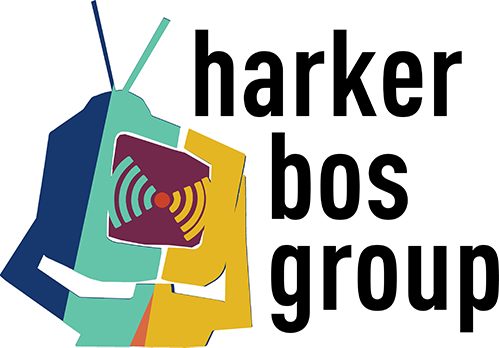It’s Still About The 5 Minutes
The more things change, the more they stay the same. During my career as a spoken-word programmer, I learned that ultimately, it’s about capturing the 5 minutes required for quarter-hour credit from Nielsen. This has always been the focus of savvy programmers who understand that the more compelling the content, the better the time spent listening.
Much has changed over the years. With advancements in technology, consumers have more control over accessing content whenever and wherever they want. Gone are the days when the only competition in a market was another spoken-word radio station. Take Philadelphia, for instance, one of the most passionate sports markets in the country. Besides two prominent sports radio stations, there are numerous local online content destinations. Additionally, national broadcasters cover major professional teams, broadening the competitive landscape.
Let’s return to those 5 minutes—that remains the benchmark I believe in, regardless of platform. To me, this is the goal we strive to achieve with every piece of content we produce. The challenge, however, has become more daunting.
Consider the following statistics:
• On average, people check their smartphones 150 times per day (HBR).
• One-third of people check their smartphones within 5 minutes of waking up (Time).
The bottom line is that distractions are everywhere, and there are more avenues than ever to access content. This underscores the importance of maintaining content discipline in presentation, regardless of the format.
Most of my career has been spent in spoken word, and here’s what I’ve found works best over the years:
1. Do not waste time: In my early days as a host, this was a personal flaw. I’ve learned that diving right into the day’s biggest story pays off. Whether it’s news or sports, it’s about urgency and anticipation! Data often supports this with increased consumption following major breaking news or sports stories. There’s an audience waiting for insight and perspective on the stories that matter to them.
2. Understand the audience is always changing: Many hosts miss opportunities by over-preparing. Narrow your topic selection and recognize that the audience in the second or third hour of a show likely expects a consistent content approach unless there’s a major development or breaking news.
3. Focus on pacing: Given the need to keep the audience engaged throughout your presentation, find ways to maintain a lively pace. Incorporate impactful sound bites, concise interviews, and brief phone calls—all aimed at keeping the audience engaged. It’s essential to make a concentrated effort to tighten all aspects of content delivery.
4. Topics do matter: I’ve always admired music programmers for their knack in selecting songs that can define a radio station’s success. Similarly, in spoken word, choosing the right topics can make or break your show. A hot topic can remain relevant for an extended period, just like a hit song.
Regardless of the platform, these strategies are crucial to share with your on-air hosts. Even as things evolve, I still find it valuable to review key metrics in the Nielsen Report, particularly Time Spent Listening. TSL serves as a reliable gauge of your brand’s performance. There’s nothing more rewarding than sitting down with an on-air talent and showing them examples of how they’ve improved their presentation by capturing those critical 5 minutes!


